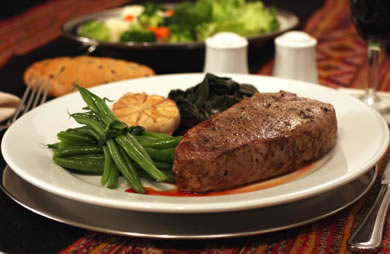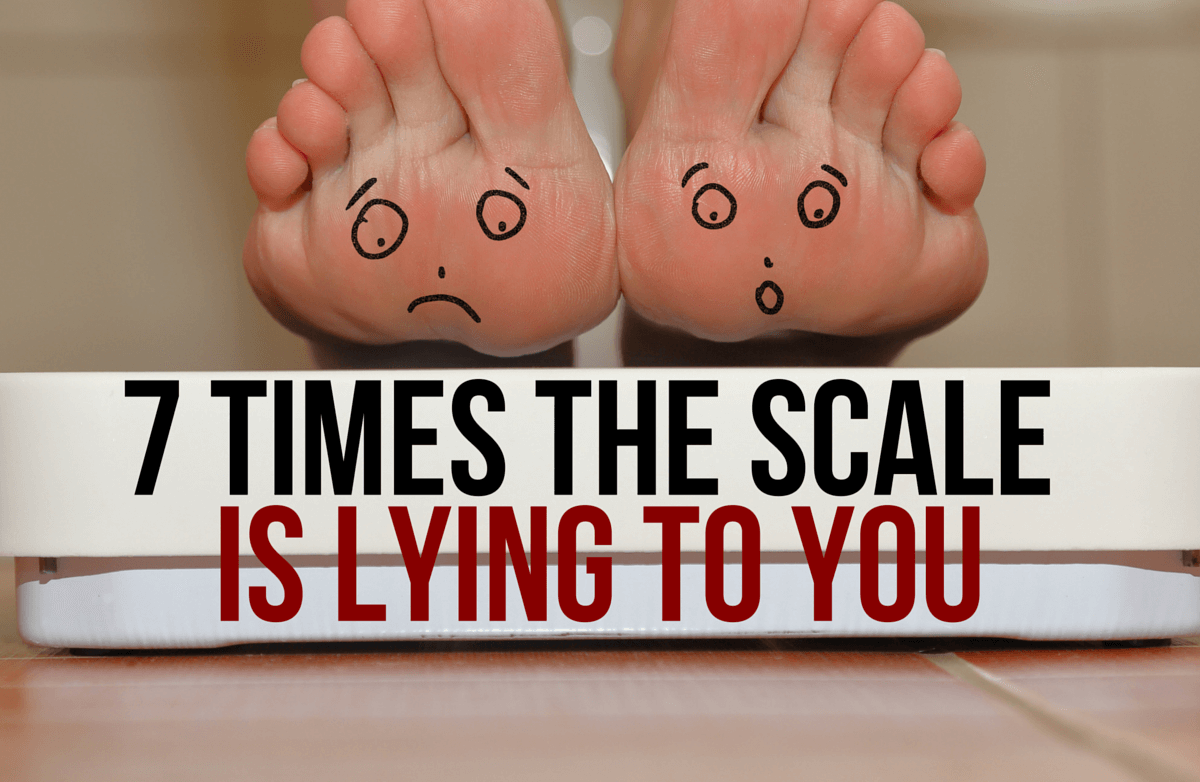|
You may want to think twice about turning up your thermostat when the temperatures dip. Compelling research is focusing on the effect of cold on the human body, and how a type of fat called ''brown fat'' may affect heat production. The human body has two types of fat: the kind we all know and dislike, ''white fat'' and another much more metabolically active fat termed ''brown fat.'' The white adipose tissue (WAT) functions to store excess energy, whereas the brown adipose tissue (BAT) has a much different function of burning WAT stores to produce heat. The recent research into BAT has changed the past view that brown fat was only present in infants (who aren't able to shiver well) as a mechanism to generate heat. It was thought that, as we reached adulthood, we lost those brown fat stores. One of the reasons it was thought that humans lost their BAT stores after infancy is because the stores are quite tiny (just several ounces) and are found in hard-to-detect areas such as the sides of the neck, collarbone, scapula and along the spine. Interestingly, brown fat really is brown because it is rich in iron. Advances in medical technology have made it possible for researchers to detect these small pockets of BAT in adult humans using scans, and they are able to see the areas of BAT ''light up'' when study subjects are put into cold rooms without insulating clothing.One current study found that when people are exposed to cold, the BAT activates and draws fuel from the WAT to heat the body. A recently published paper in the Journal of Clinical Investigation helped to define what type of fuel was burned by BAT. It was supposed that brown fat cells used glucose as a fuel, but this study showed that the major source of fuel for BAT is white fat stores. Once the BAT cells run out of the limited stores of glucose, they switch over to fat. The study showed that when the subjects were put into a cold environment that caused them to feel chilled (but not shivering) they had an 80% increase in metabolic rate, greatly increasing their heat production. Another compelling area of research is exploring how exercise may cause WAT to be converted to BAT. Researchers found that in mice, the influence of a hormone causes white fat to become the metabolically active brown fat when mice were exercised. It's an intriguing question whether this conversion could be observed in humans with exercise, and hopefully research will continue in this area. An interesting finding in the studies on BAT is that obese individuals show little to no BAT activity when exposed to cold. There's no clear answer regarding the lack of BAT activity in the obese subjects, and it's caused speculation over whether the lack of BAT may contribute to obesity in some individuals. Without becoming part of a study, how can you estimate your level of BAT? I've listed below several points that research in BAT has helped define. -BAT is inversely related to body fat, so obese individuals have a lower level of BAT than those that are lean. -Men have lower amounts of BAT than women. -The older the individual, the lower the amount of BAT. -There's a correlation between fasting high blood sugar levels and reduced BAT. It's not clear how these markers directly affect BAT in the body, or whether age alone results in reduced BAT levels. Factors such as age-related weight gain or reduced activity levels may be contributing factors that caused the studies to find age related declines. These are all interesting questions, and future research may offer more answers, and discover innovative methods of stimulating BAT activity and conversion of white fat to brown to help treat obesity. The current research does offer some tips that may help you stimulate your body's BAT activity. -Turn down your thermostat in winter. One study showed that there were significant increases in BAT in nearly 1/2 the subjects who were kept in a 66-degree or lower room. If the temperature was increased to 80 degrees no BAT activity was detected. -Stay active and include exercise in your daily routine. -Avoid smoking. Research in this field found that non-smokers had higher BAT activity than smokers. -Get some fresh air. One study showed that people that worked outdoors had higher BAT activity than those who were indoors most of the day. -You are what you eat, especially where BAT is concerned. People who had the highest amount of BAT activity in studies also had lower levels of fasting blood glucose and body mass indexes. Avoid simple carbs and excess calories to keep weight within healthy levels. I've gradually been dialing down my winter home temperature to between 60 degrees at night and 65 during the day. I tend to run warm normally so it's out of comfort that I keep my home cooler, but I do think that over time I've adapted by kicking up my metabolism when the temperature drops. Now I'm quite uncomfortable in homes where the temperature is kept at 68 degrees or higher, and feel most comfortable in the winter months. After reading all the research on BAT and cold, I'm glad that I've been keeping my home cooler all along and wonder if that may be why I always seem to drop a few pounds during the winter months. The bottom line? There's no downside to incorporating some of the BAT activations tips listed above. Best of all, turning your thermostat down a few degrees this winter has a two-fold effect; it may be better for your metabolism, and it's certainly better for the environment! |
More From SparkPeople
|















